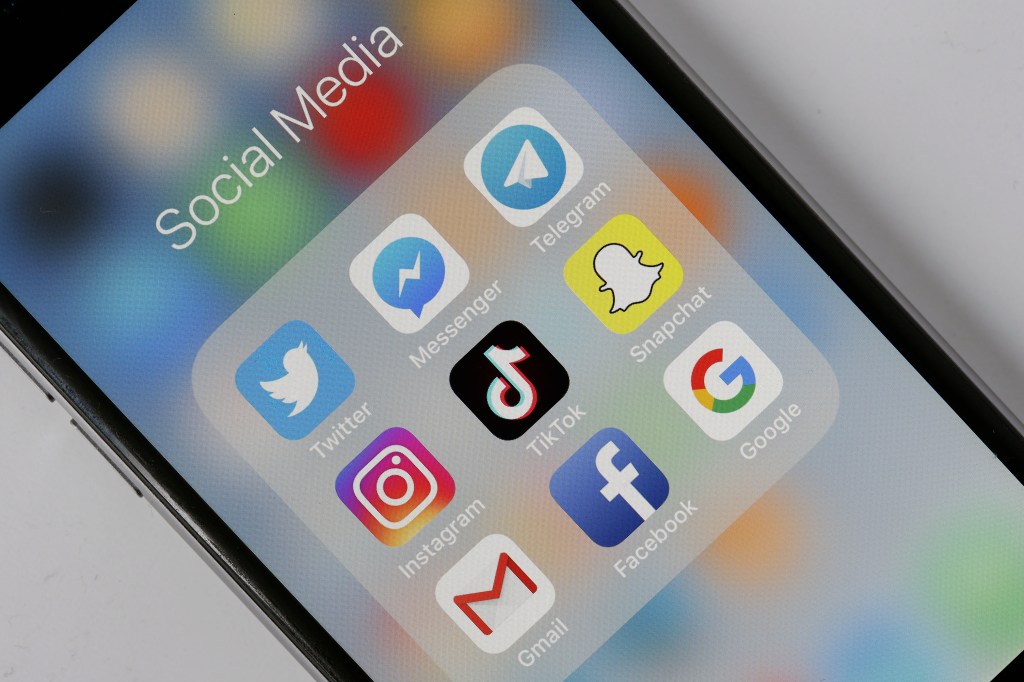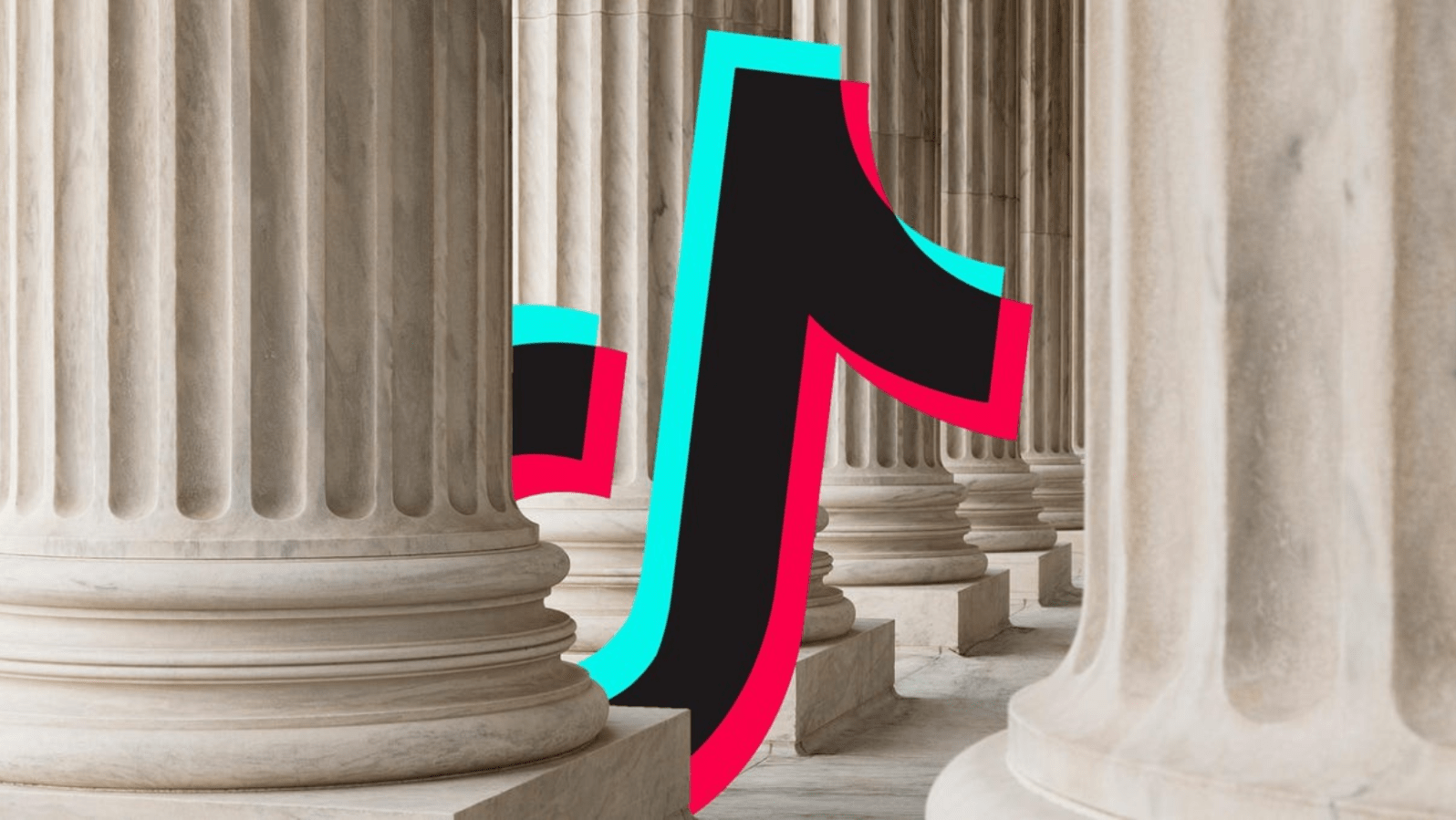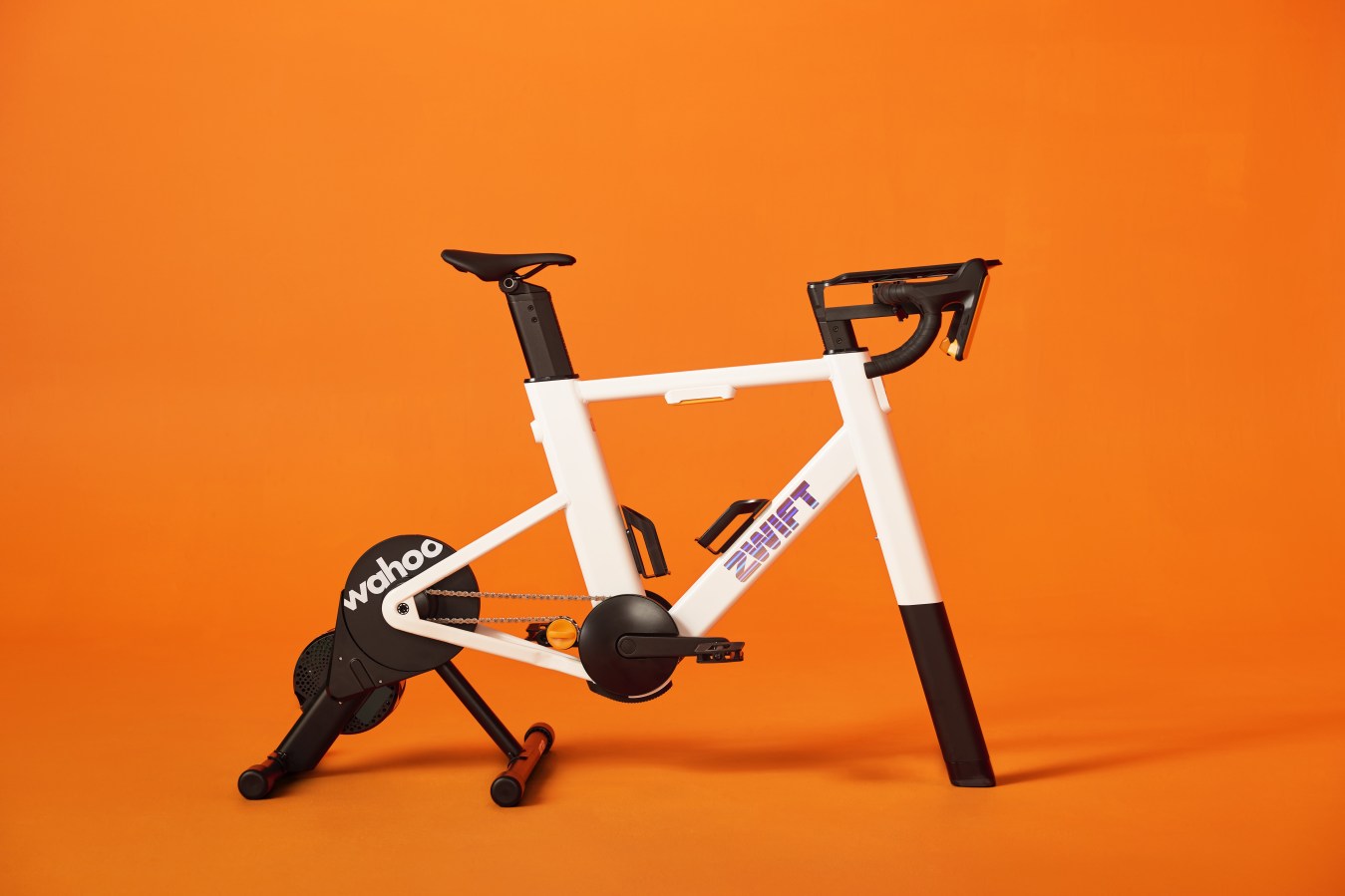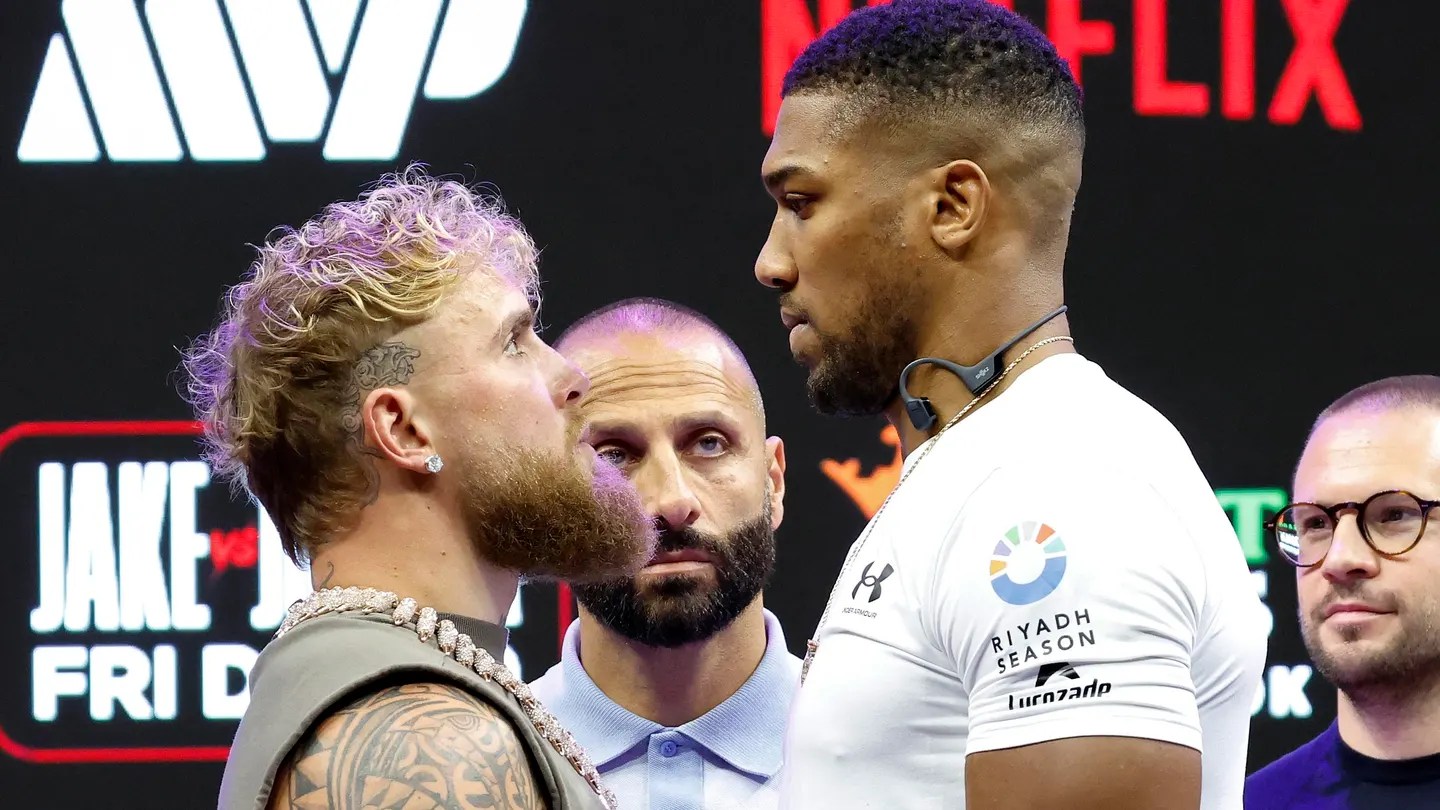Amid TikTok’s explosion in popularity, other social media platforms are trying out their own versions of its signature features.

Social media platforms have a long history of lifting ideas from each other, but as TikTok continues to explode in popularity, competing platforms like Instagram, YouTube and even Spotify are adopting their own versions of TikTok’s recommended For You Page and its endless scrolling video format.
Timeline
August 5, 2020: While TikTok’s explosion was still fresh, Instagram introduced its own version of short-form video content: Reels, which could only be 15 seconds at launch but now max out at 90 seconds, function like TikTok videos and can be shared with anyone, not just a user’s followers, a feature the company said will allow people “the chance to become a creator.”
September 2020: Soon after TikTok was banned in India, YouTube released its own algorithmic video-sharing feature, YouTube Shorts, in the country, allowing users to make 15-second videos with many creative tools and music options.
November 23, 2020: Snapchat launched its Spotlight feature, a TikTok-like algorithm-based vertical video sharing feed (and offered millions to creators to incentivize them to post viral content).
July 13, 2021: YouTube Shorts launched globally after racking up billions of views per day in its limited release, following months of beta testing in India and the United States.
July 26, 2022: Head of Instagram Adam Mosseri said “more and more of Instagram is going to become video over time” in response to backlash that the app had become too much like TikTok.
January 10, 2023: As part of a host of controversial changes new Twitter CEO Elon Musk has made to the platform, one update splits a user’s timeline into “Following” and “For you” tabs, the latter of which is an algorithm-based timeline that recommends tweets on topics users have engaged with.
March 8, 2023: Spotify announced a redesign of its homepage, in which users will be able to vertically scroll through a TikTok-like video feed of music and podcast recommendations.
Key Background
Social media platforms copying each other’s features is nothing new—and TikTok has done it, too. TikTok merged with Musical.ly in 2018 after the latter launched in 2014; both have drawn many comparisons to Vine, a now-defunct social media platform that Twitter acquired in 2012 and unceremoniously shut down four years later, for its short-form video sharing format and its brand of humour.
Related
More recently, TikTok has launched features like Now, which prompts users at a random time every day to post a short video or photo from their front and back phone cameras to show followers what they’re up to. It’s a near-identical clone of BeReal, whose brand has revolved around that same feature without video support. Instagram is working on its own version, too. But lifting features from competitor platforms long predates TikTok. In 2016, Instagram controversially added a Stories feature, a clone of the feature that helped make Snapchat a global success.
Chief Critics
Twitter and Spotify have been criticized by some in recent months for their new TikTok-like features. “It’s wild watching tech companies tear their user interfaces and business models apart trying to compete with TikTok because they can’t do the one thing that makes TikTok work which is the AI that powers it,” tech writer Ryan Broderick tweeted after Spotify’s announcement last week.
Similarly, Insider tech editor Kyle Wilson tweeted: “Just eww. Not everything should be TikTok. Spotify was fine as-is…” Twitter’s new “for you” page has drawn similar criticism for Twitter users who feel it an unnecessary and confusing update. “The Twitter for you page is really good because it only gives me the exact opposite of what i’d like to see,” one user tweeted.
Kylie Jenner and Kim Kardashian also spoke out against Instagram’s pivot to video in July 2022, sharing a post stating “Make Instagram Instagram Again” and urging the platform to stop trying to be like TikTok. Chrissy Teigen tweeted in response to Mosseri’s statement that Instagram would continue to pivot to video content: “we don’t wanna make videos Adam lol.”
Related
Big Number
1 billion. That’s the number of active monthly users TikTok surpassed in September 2021. It’s still behind competitors like Facebook, Instagram and YouTube, though it reached the 1 billion mark faster than any of them.
Tangent
TikTok has more to fear than competition from other social media platforms. Some lawmakers on both sides of the aisle are pushing to ban TikTok in the United States, citing national security and privacy concerns for the Chinese-owned platform.
This story was first published on forbes.com




